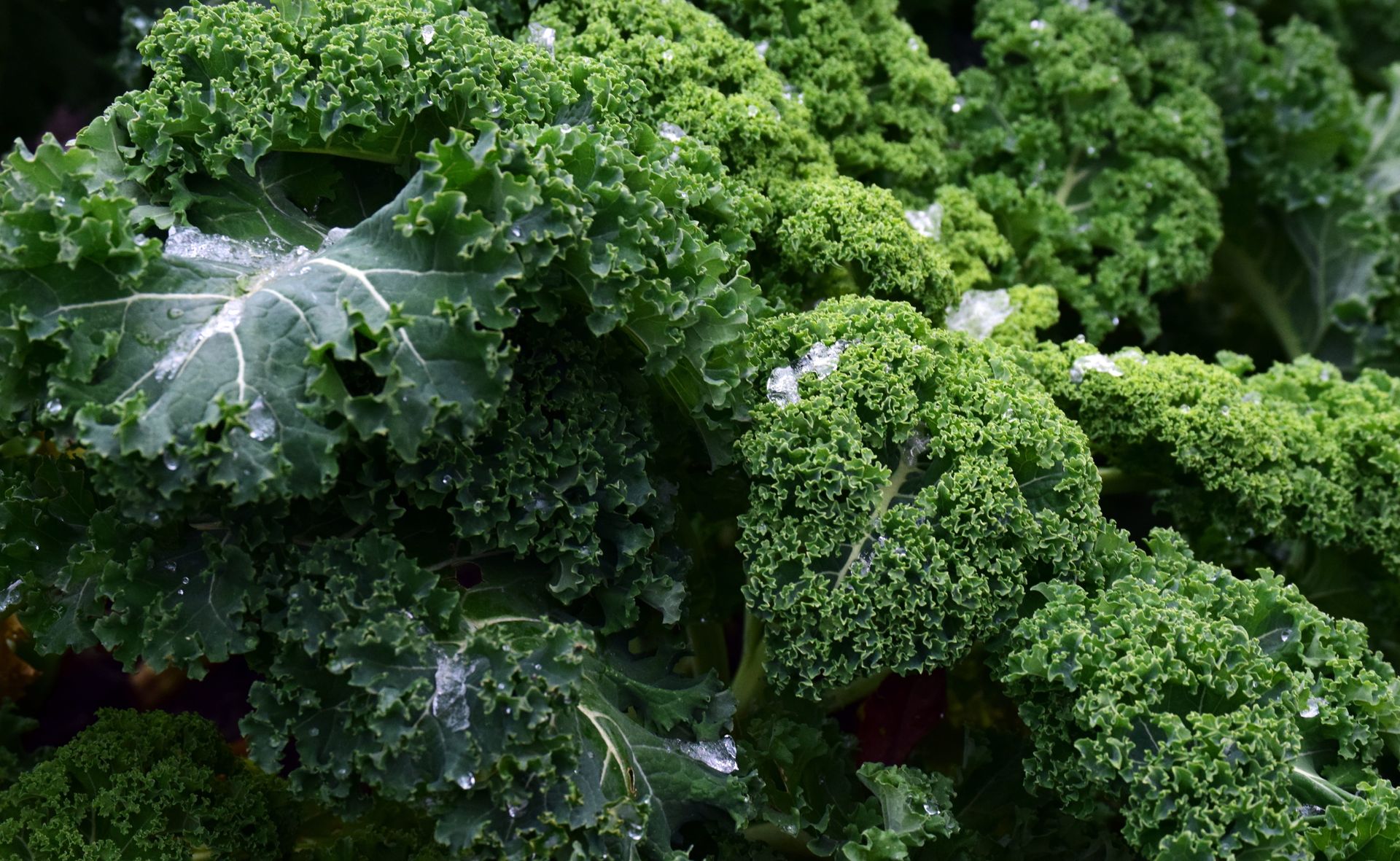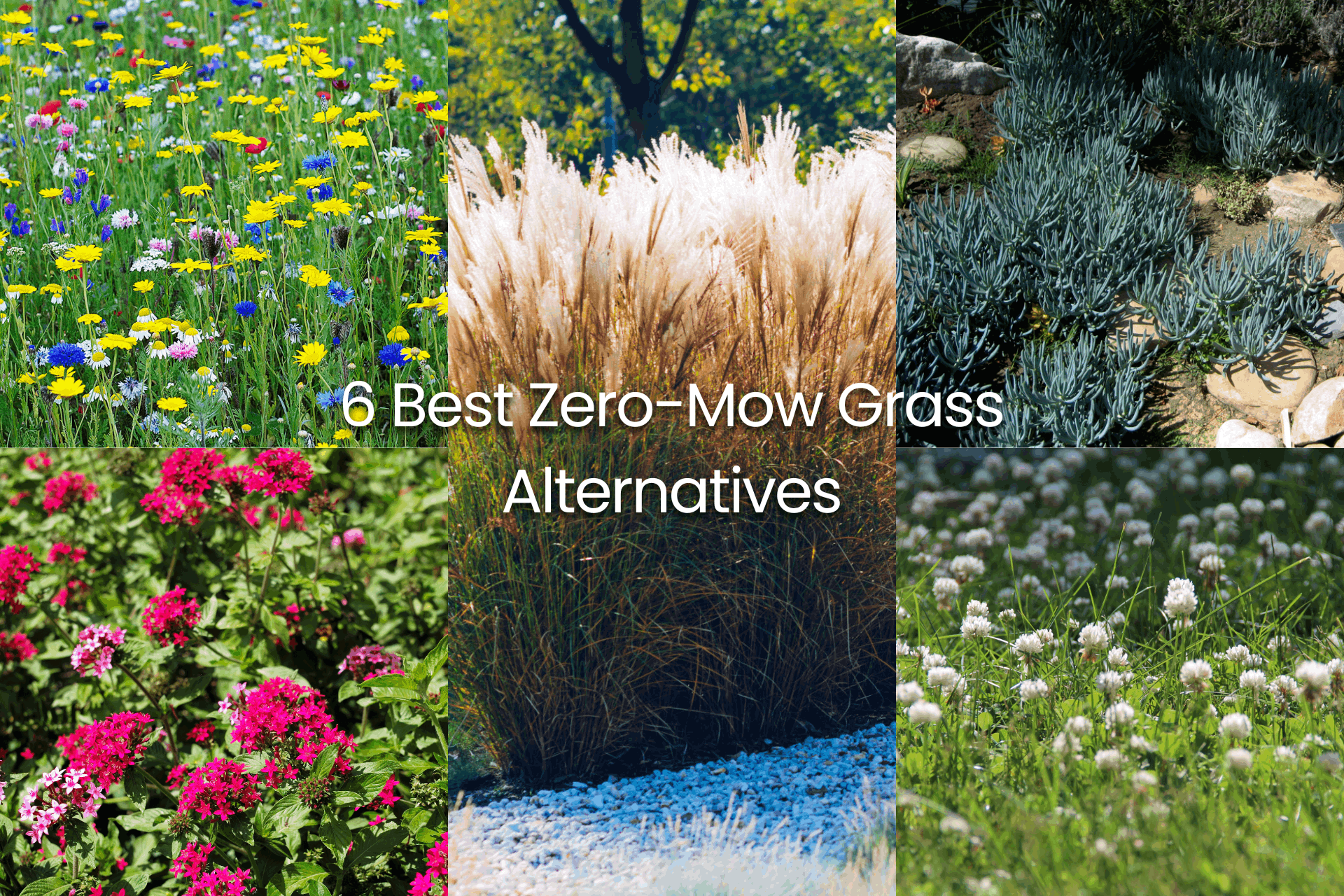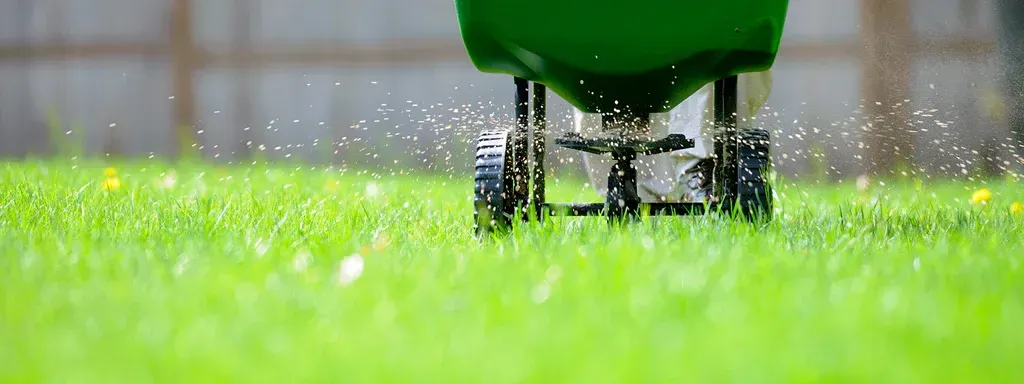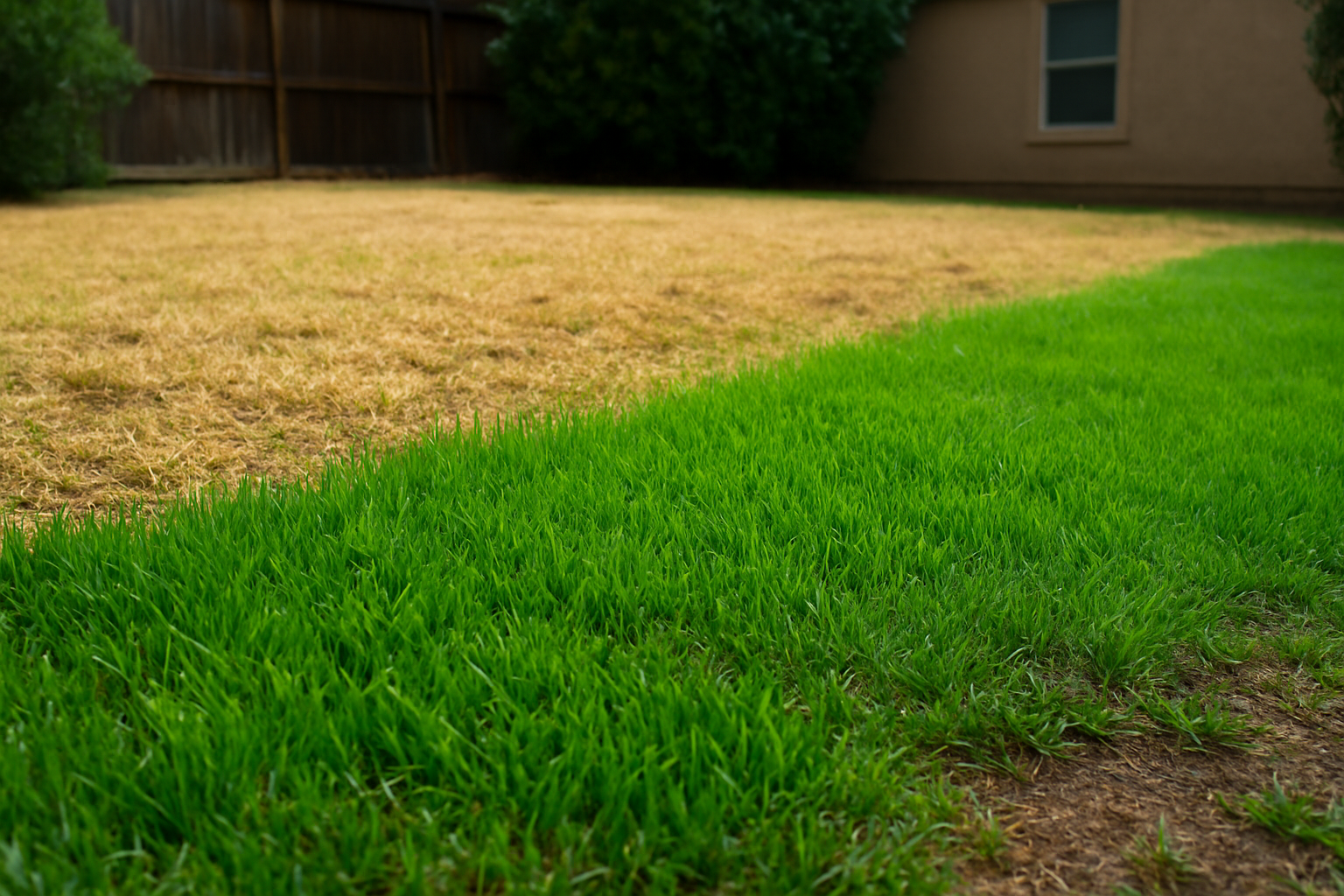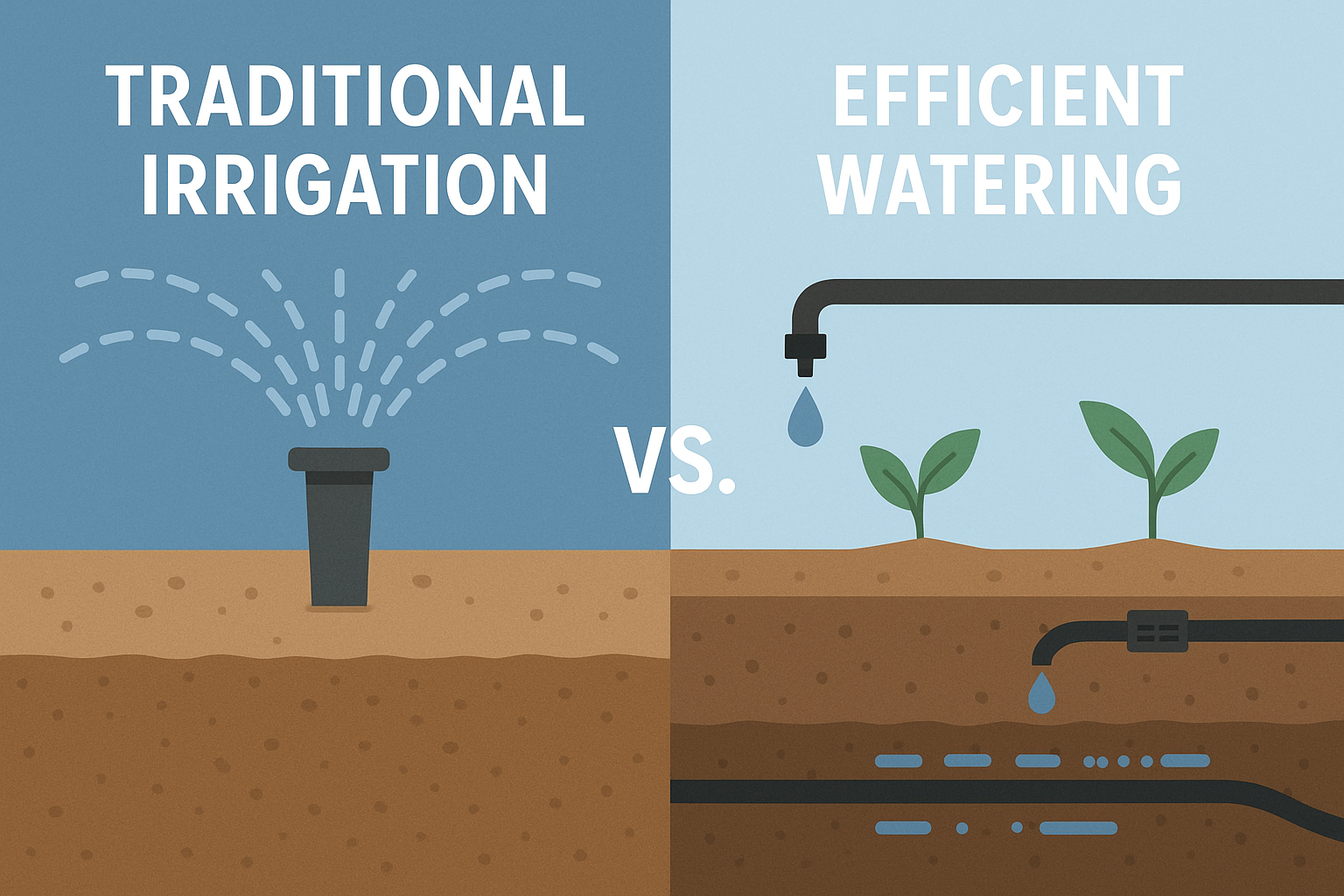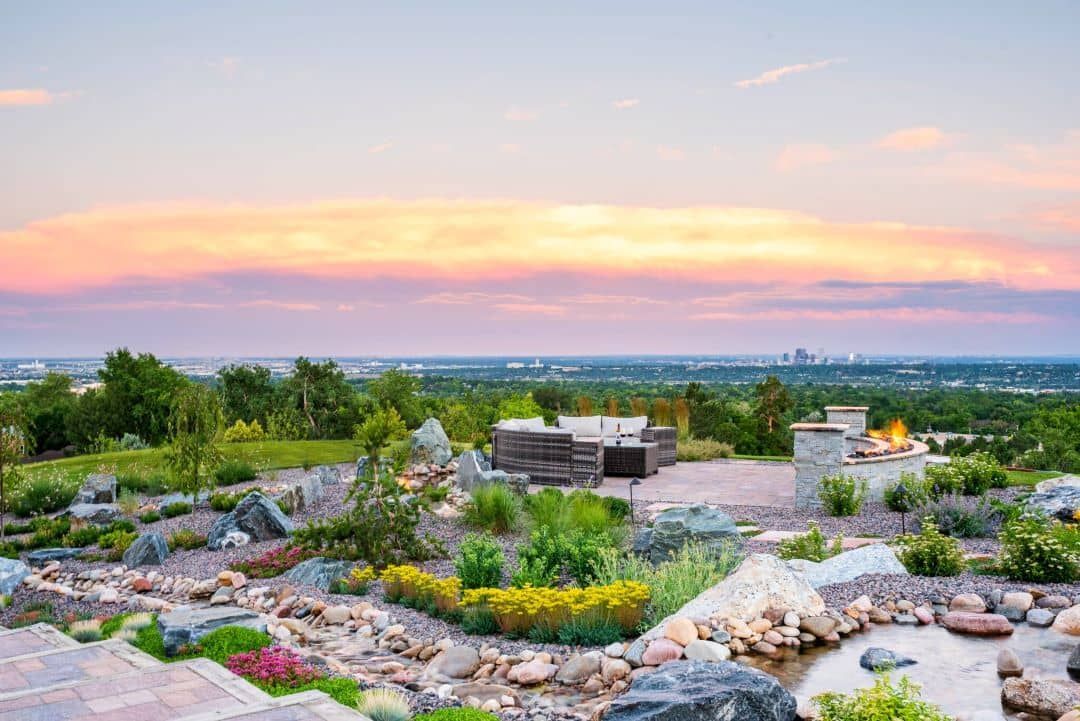
Why Busy Homeowners Need Easier Lawns
Arizona’s sun sure is a pain to deal with. While we love the sunshine, that intense heat can turn your backyard into an unusable oven for much of the year. But a well-chosen shade tree can be a game-changer to cool your home, slashing your energy bills, and creating a comfortable outdoor living space.
The catch? Not every tree can survive our unique desert climate. Planting the wrong one means wasted water, constant cleanup, or even damage to your property.
As a local Arizona landscaper, we’ve planted thousands of trees. This guide is different. We won’t just list trees; we’ll give you the real-world pros, cons, and tips you need to choose the
perfect
shade tree for your specific yard in Phoenix, Buckeye, Tucson, Flagstaff, and beyond.
How to Use This Guide:
We’ve organized this to help you make the best decision. For each tree, you’ll find key details on growth speed, maintenance level, and Arizona-specific advice that other guides miss. Use the comparison chart at the end to find your match at a glance.
1. Palo Verde - The Low-Maintenance Desert Champion
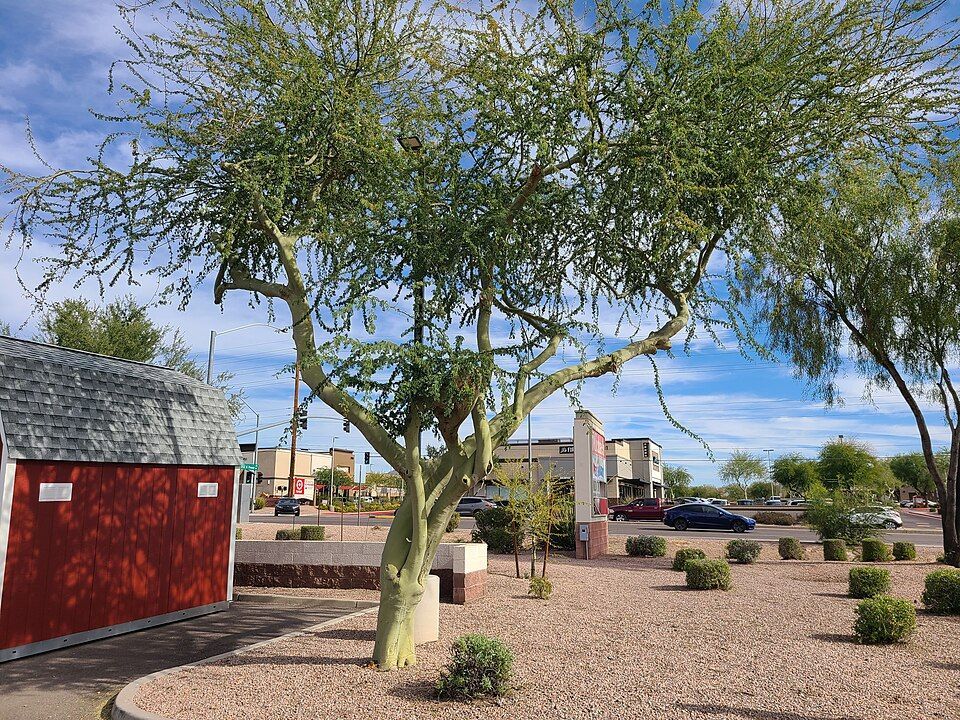
At a Glance: Key Facts
- Mature Size: 25' H x 30' W
- Growth Speed: Fast (2-3 feet per year)
- Maintenance Level: Low
The Arizona Landscaper's Verdict (Pros & Cons)
Pros: Incredibly drought-tolerant (S2B2) once established. A true native that thrives on neglect. Its green bark and brilliant yellow spring flowers are stunning.
Cons: It has thorns, so it's not ideal for play areas. It drops small leaves, flowers, and seed pods year-round. Branches can be brittle during monsoon storms.
Arizona City-Specific Advice
Phoenix/Tucson (Low Desert): A perfect choice. It’s built for this heat. Water deeply every 10-14 days for the first two summers, then it will thrive on rainfall alone.
Buckeye: Excellent choice for
alkaline soil and hot summers. Deep watering is needed when young.
Flagstaff/Prescott (High Country): Not recommended. It is not frost-hardy and will suffer severe damage in freezing temperatures.
Smart Placement & Landscaping Tips
Xeriscapes, large yards, and natural desert landscapes. Plant on the
west side of your home to block the harsh afternoon sun. Its canopy provides dappled, not dense, shade. Keep it 20+ feet away from pools due to constant debris.
2. Arizona Ash - The Classic Fast-Shade Tree
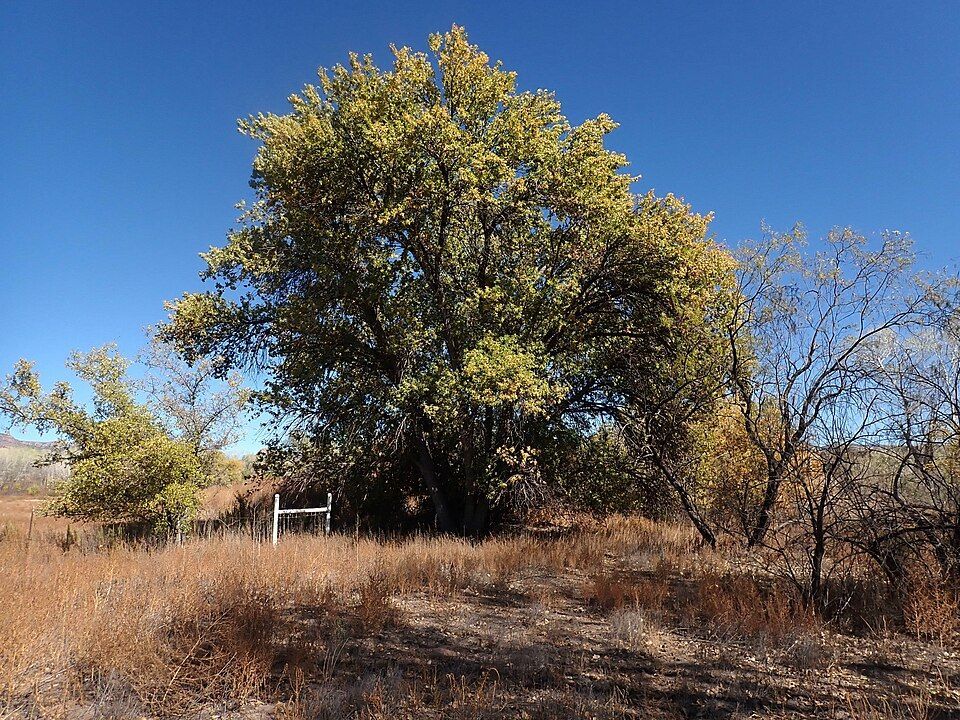
Pros: One of the fastest ways to get dense, cooling shade. It’s a beloved, classic tree for a reason.
Cons: This is a
thirsty tree compared to natives. It requires significant pruning to maintain a strong structure and is susceptible to pests like ash borers. It drops leaves in the winter/spring.
Arizona City-Specific Advice
Phoenix/Tucson: Does well but needs a consistent watering schedule. Not for a low-water landscape.
Buckeye: Can work with ample irrigation, but be mindful of its high water needs in our dry climate. Pruning is essential to strengthen it against Buckeye winds.
Flagstaff/Prescott: Can work in protected areas but may struggle with the coldest winters.
Smart Placement & Landscaping Tips
Larger properties with room for its expansive canopy and where a lawn is present. Excellent for creating a large area of deep shade over a patio or driveway. Ensure it’s planted far from foundations, sewer lines, and pools (25+ feet) due to its aggressive root system and leaf drop.
3. Tipu Tree – The Bold, Flowering Shade Provider
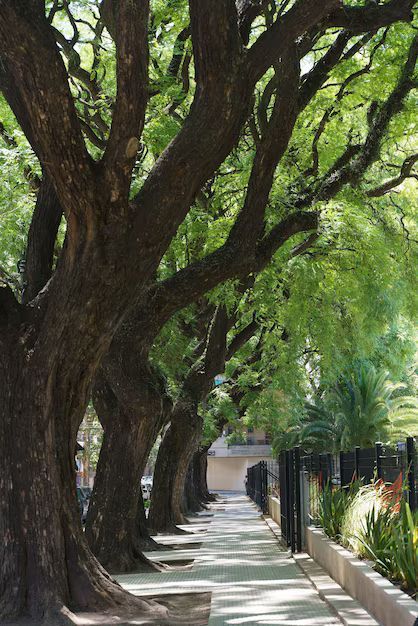
At a Glance: Key Facts
- Mature Size: 40' H x 40' W
- Growth Speed: Fast (2-3 feet per year)
- Maintenance Level: Moderate
The Arizona Landscaper's Verdict (Pros & Cons)
Pros: Beautiful ornamental shade tree with golden-yellow flowers in spring and summer. Handles Arizona heat well and gives a wide canopy.
Cons: Litter from flowers, pods, and leaves is nonstop. Branches can snap in high winds if not pruned.
Arizona City-Specific Advice
Phoenix/Tucson: A crowd favorite for neighborhoods and parks. Needs pruning early to shape a strong trunk.
Buckeye: Performs well in heat and
alkaline soils.
Flagstaff/Prescott: Not ideal for frequent freezes, but may work in protected sunny areas.
Smart Placement & Landscaping Tips
Adding color plus shade to big yards or public spaces. Keep it away from pools and driveways because of constant flower and pod drop. Best when used as a statement tree in front yards or large landscapes.
4. Chilean Mesquite – The Desert Shade Workhorse
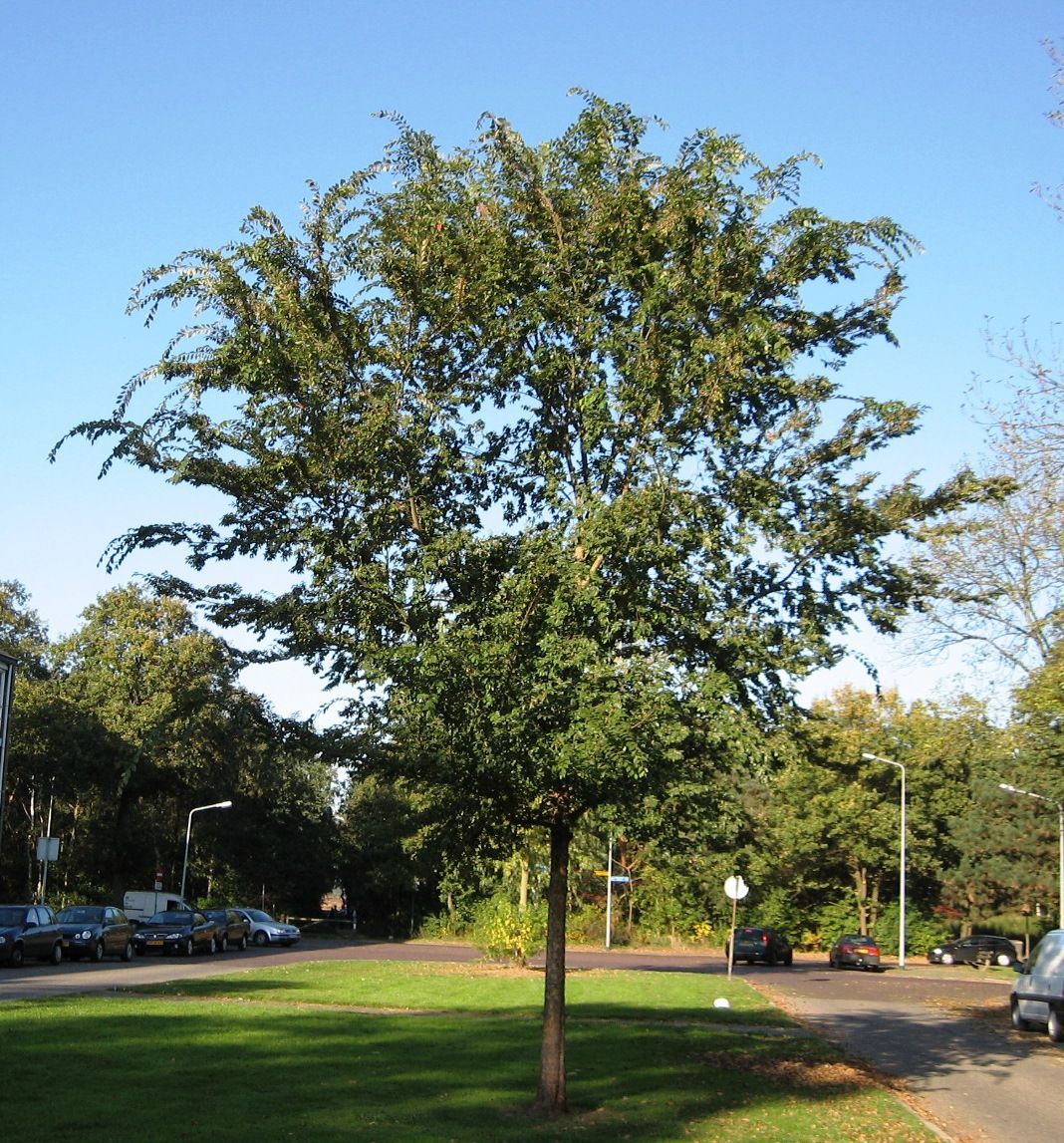
At a Glance: Key Facts
- Mature Size: 30' H x 35' W
- Growth Speed: Fast (2-3 feet per year)
- Maintenance Level: Moderate
The Arizona Landscaper's Verdict (Pros & Cons)
Pros: Legendary for thriving in harsh desert heat with minimal water. Once established, it handles drought like a champ. Provides a wide, umbrella-like canopy of cooling shade.
Cons: Thorns on some varieties, though thornless hybrids exist. Can be messy with pods and brittle in monsoon winds if not pruned correctly.
Arizona City-Specific Advice
Phoenix/Tucson (Low Desert): Practically built for these cities. Deep water every 2-3 weeks once mature. Great long-term investment.
Buckeye: Does well in
alkaline soils. Thornless varieties are better for family-friendly yards.
Flagstaff/Prescott (High Country): Not ideal — struggles in freezing temps and snow.
Smart Placement & Landscaping Tips
Southwest-style landscapes, ranch homes, and big backyards needing fast, natural shade. Space it 20+ feet from patios, driveways, or pools — pods and leaf litter add up. Prune young for strong branching to avoid storm breakage.
5. Desert Willow – The Flowering Shade Charmer
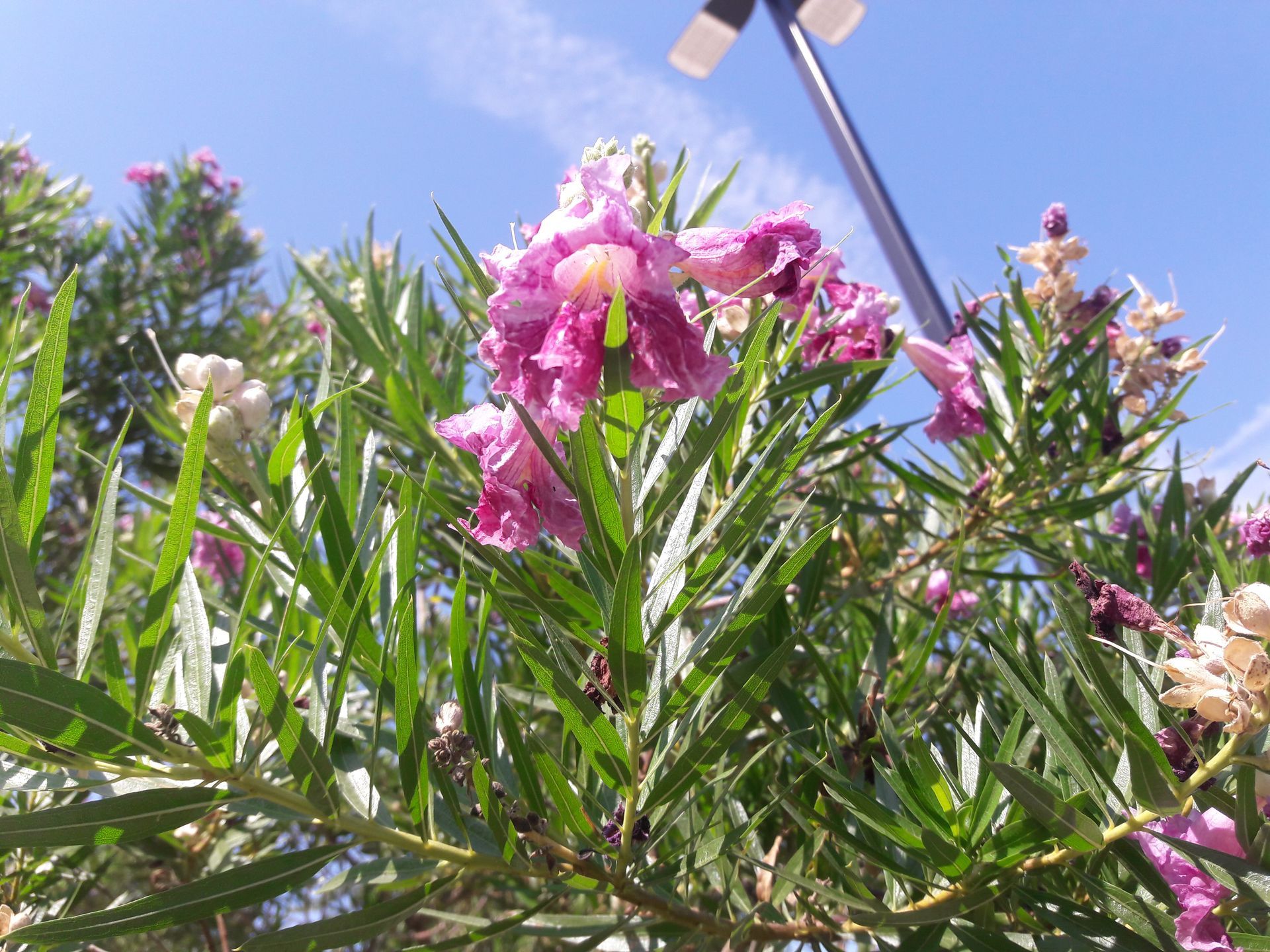
Desert Willow in Arlington Texas 2018 by Gerardolagunes is licensed under CC BY-SA 4.0
At a Glance: Key Facts
- Mature Size: 25' H x 20' W
- Growth Speed: Fast (2-3 feet per year)
- Maintenance Level: Low
The Arizona Landscaper's Verdict (Pros & Cons)
Pros: A showstopper in bloom with trumpet-shaped purple/pink flowers all summer. Attracts hummingbirds and pollinators. Very drought-tolerant (S2B2) and easygoing once established.
Cons: Narrow canopy = less dense shade. Drops flowers and seed pods regularly. Needs pruning to maintain shape.
Arizona City-Specific Advice
Phoenix/Tucson: A top pick — thrives in heat and poor soil. Water weekly the first summer, then cut back drastically.
Buckeye: Handles alkaline soil well, just avoid overwatering.
Flagstaff/Prescott: Can grow in protected sunny spots, but not ideal for severe winter freezes.
Smart Placement & Landscaping Tips
Adding beauty and partial shade to patios, courtyards, or entryways. Plant where you want color and light shade, not full canopy cover. Great companion tree for xeriscapes or mixed desert gardens.
6. Chinese Elm (Lacebark Elm) – The Reliable All-Rounder

At a Glance: Key Facts
- Mature Size: 40' H x 35' W
- Growth Speed: Very Fast (3+ feet per year)
- Maintenance Level: Moderate
The Arizona Landscaper's Verdict (Pros & Cons)
Pros: Tough, fast-growing, and one of the best shade providers in Arizona. Handles poor soil, drought, and heat. Its mottled bark adds character.
Cons: Can become invasive if not managed. Drops a lot of small leaves and seeds. Susceptible to pests if not pruned or watered properly.
Arizona City-Specific Advice
Phoenix/Tucson: Thrives with occasional deep watering. Perfect for neighborhoods needing quick shade.
Buckeye: A great fit for larger yards but expect litter cleanup.
Flagstaff/Prescott: Handles the high country better than most fast growers, though growth slows in colder winters.
Smart Placement & Landscaping Tips
Streetscapes, large front yards, and quick canopy cover. Avoid planting too close to sidewalks or driveways — roots can lift concrete. Give it space to spread.
Quick Comparison: Fast-Growing Shade Trees in Arizona
| Tree Name | Growth Speed | Shade Density | Water Needs | Best For… |
|---|---|---|---|---|
| Palo Verde | Fast (2–3 ft/year) | Light / Filtered | Very low drought-tolerant | Adding filtered shade + desert beauty |
| Arizona Ash | Very fast (up to 3+ ft/year) | Dense, full shade | Moderate (needs more water than desert natives) | Cooling patios & play areas quickly |
| Tipu Tree (Tipuana Tipu) | Fast (3+ ft/year) | Medium–Dense | Moderate | Large yards, golden flowers + shade |
| Chilean Mesquite | Fast (2 ft/year) | Medium | Low (once established) | Quick shade with fewer thorns than native mesquite |
| Desert Willow | Fast (2 ft/year) | Light-Medium | Low | Smaller yards, seasonal flowers + wildlife |
| Chinese Elm | Fast (2–3 ft/year) | Dense, broad canopy | Moderate | Wide lawn areas, consistent greenery |
How to Choose: A Simple 3-Step Guide
- Measure Your Space: This is the most important step. A tree’s mature width is the number you care about. Don't plant a 30-foot-wide tree in a 20-foot-wide yard.
- Be Honest About Maintenance: Do you love weekend yard work, or do you want a "plant it and forget it" tree? If you dislike raking and pruning, choose a low-maintenance native like Palo Verde over an Arizona Ash.
- Identify Your Primary Goal: Is it maximum shade ASAP? Choose a very fast-growing tree. Is it water conservation? Prioritize drought-tolerant natives. Is it for a small patio? Focus on trees with a smaller mature size.
Frequently Asked Questions (FAQ)
What is the FASTEST-growing shade tree for Arizona?
For quick shade, Arizona Ash is the fastest grower. However, remember the trade-off: fast growth often means weaker wood, higher water needs, and more maintenance.
What are the best LOW-WATER (xeric) shade trees?
True desert natives are your best bet. Palo Verde and Mesquites are champions of drought-tolerance once established. Desert Willow is also an excellent low-water choice.
When is the best time to plant a tree in Arizona?
The ideal window is fall (October-November) or early spring (February-March). This gives the tree time to establish roots before the brutal summer heat hits. Avoid planting in the peak of summer.
Ready to Enjoy Your Shady Oasis? Let's Plant It Right.
Choosing the perfect tree is just the first step. Professional planting ensures your tree gets a healthy start with proper soil amendments, staking (if needed), and a tailored watering schedule for Arizona's tough conditions. A tree planted correctly will grow faster, be healthier, and save you money and headaches down the road.
Skip the guesswork. Contact Happy Clean Lawnscapes today for a free, no-obligation consultation. We'll help you select, source, and plant the perfect shade tree for your Arizona backyard.
What is the FASTEST-growing shade tree for Arizona?
For quick shade, Arizona Ash is the fastest grower. However, remember the trade-off: fast growth often means weaker wood, higher water needs, and more maintenance.
What are the best LOW-WATER (xeric) shade trees?
True desert natives are your best bet. Palo Verde and Mesquites are champions of drought-tolerance once established. Desert Willow is also an excellent low-water choice.
When is the best time to plant a tree in Arizona?
The ideal window is
fall (October-November) or early spring (February-March). This gives the tree time to establish roots before the brutal summer heat hits. Avoid planting in the peak of summer.
Ready to Enjoy Your Shady Oasis? Let's Plant It Right.
Choosing the perfect tree is just the first step. Professional planting ensures your tree gets a healthy start with proper soil amendments, staking (if needed), and a tailored watering schedule for Arizona's tough conditions. A tree planted correctly will grow faster, be healthier, and save you money and headaches down the road.
Skip the guesswork. Contact Happy Clean Lawnscapes today for a free, no-obligation consultation. We'll help you select, source, and plant the perfect shade tree for your Arizona backyard.
Check out our services or explore more on our blog for inspiration.


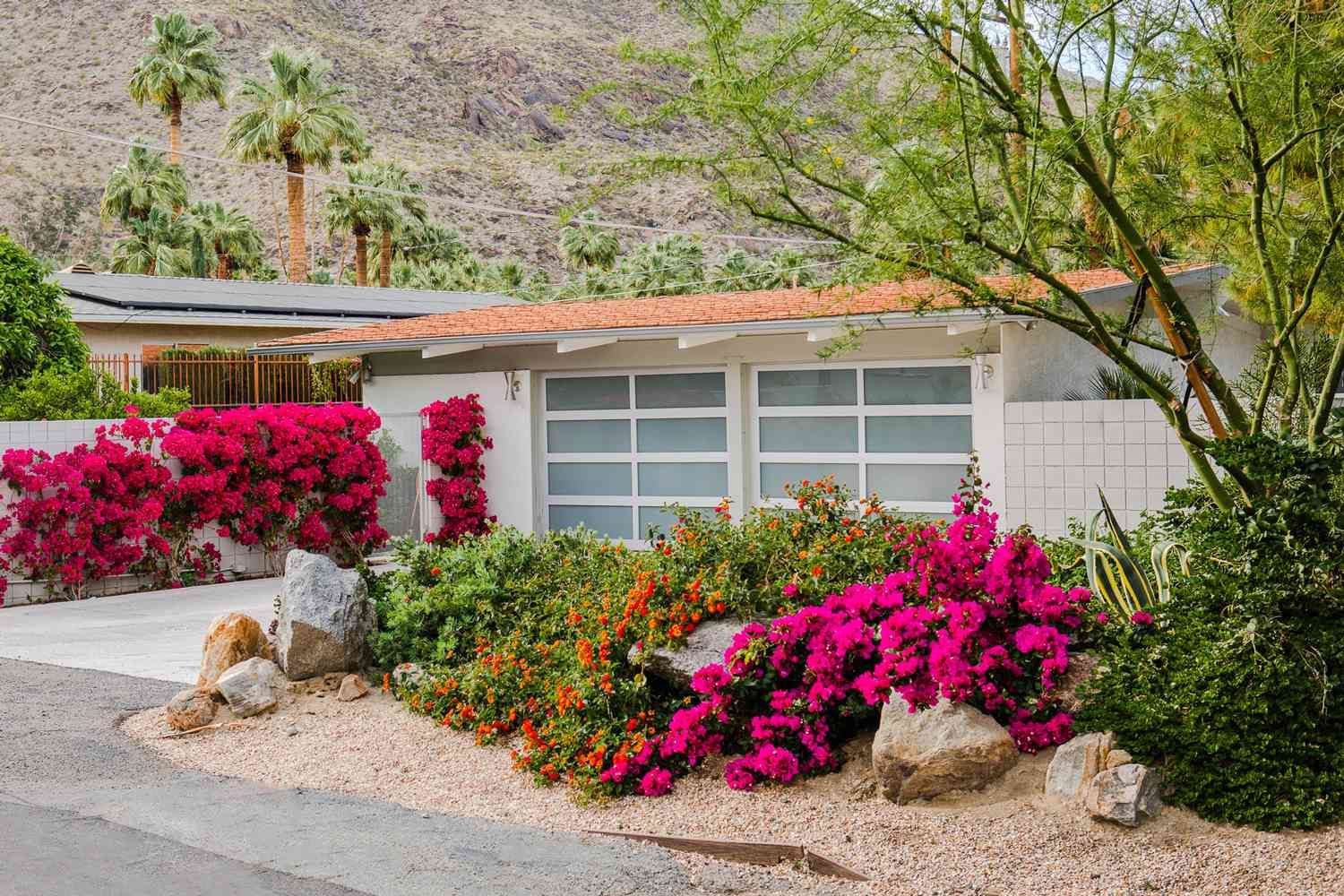

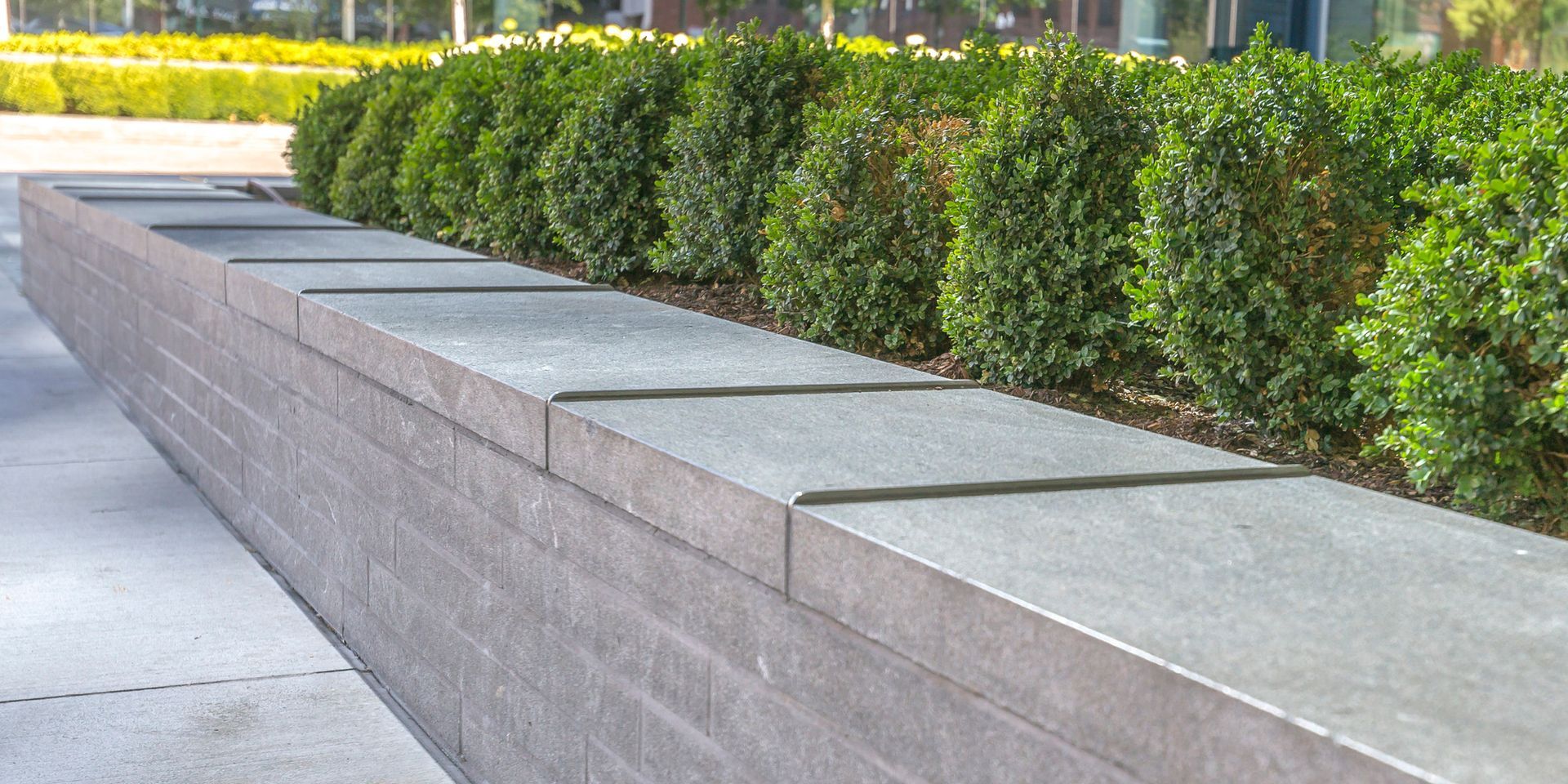
Commercial Landscape Maintenance in Goodyear, AZ: Keep Your Property Looking Professional Year-Round
